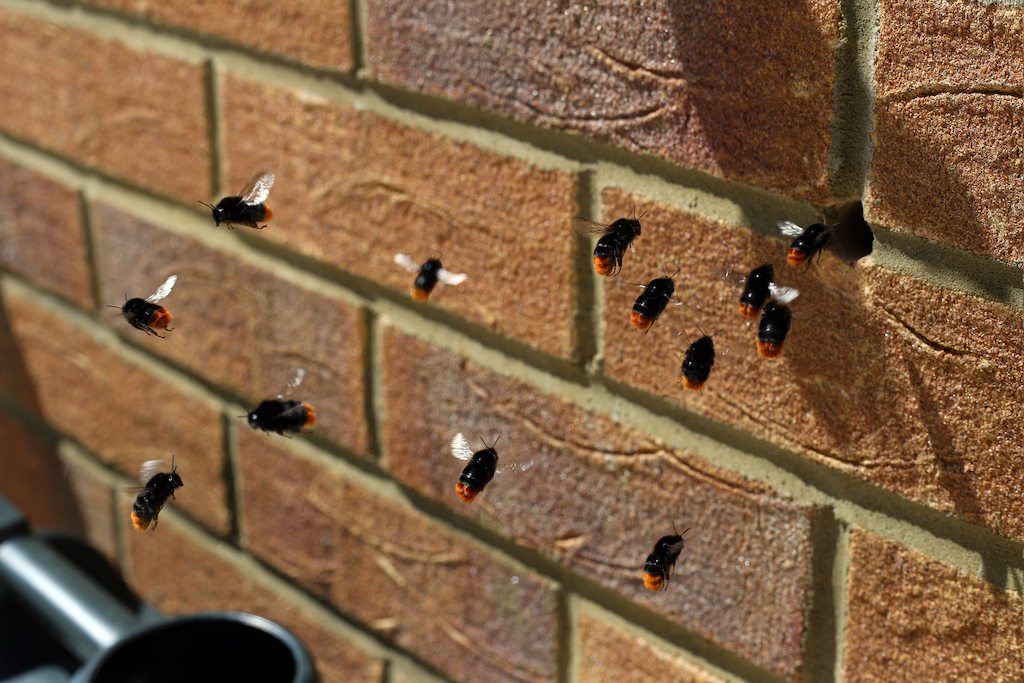Detroit’s new buzz. Looks like bees are finally coming around in the Motor City: a new study by students at the University of Michigan found that Detroit has a larger bee population and a wider variety of species than its less-urbanized neighbors.
The study, published Wednesday in Royal Society Open Science, showed that throughout Southeastern Michigan, bee populations tend to decrease as urbanization increases. (In this case, urbanization was measured by the presence of “impervious surfaces” like concrete and asphalt, not by human population or emissions.) But at a test site in Detroit, the city that had the highest urbanization rate of all, researchers found almost as many bees as they did at a test site in a nature preserve, which had very few man-made surfaces.
Why are the bees so happy in Detroit’s concrete jungle? The researchers think it may have something to do with the city’s thousands of vacant lots: they’re unmowed, unfertilized, and pesticide-free. Bee heaven.
The researchers also noticed a gendered decline in bee populations along urbanization trend lines (except in Detroit). Males weren’t affected by living in cities, but female bees took one look at downtown Ann Arbor and called it quits. Just kidding, they were actually affected because they couldn’t find anywhere to build new nests! Here’s how it works: Female bees stay close to the same nest for their entire lives, foraging for food and maintaining the homestead. So the study authors assumed that since female bees never travel all that far, the ones they caught were from a nearby hive. As the number of observed females decreased and urbanization increased, researchers concluded that meant fewer nests nearby. And fewer nests, they think, result from fewer places to build nests. It makes sense. Bees often build their homes underground, so if the ground is covered with a sidewalk, that habitat disappears.
Male bees, on the other hand, aren’t tied to their nests. As soon as they emerge, they can fly just about anywhere in search of a mate. So the males, who aren’t responsible for building nests and gathering food and finding nice homesteads, did not have population rates that correlated with urbanization. (But their lives aren’t all free honey and lazy Sundays. Male bees, or drones, die as soon as they succeed in mating.)
The researchers concluded that urban areas (especially “shrinking” ones) have potential to support bee populations by providing healthy habitats. Talk about a post-apocalyptic silver lining. Maybe all it takes is the decline of the American city to bring the bees back. Or, you know, we could just stop using neonicotinoids.











